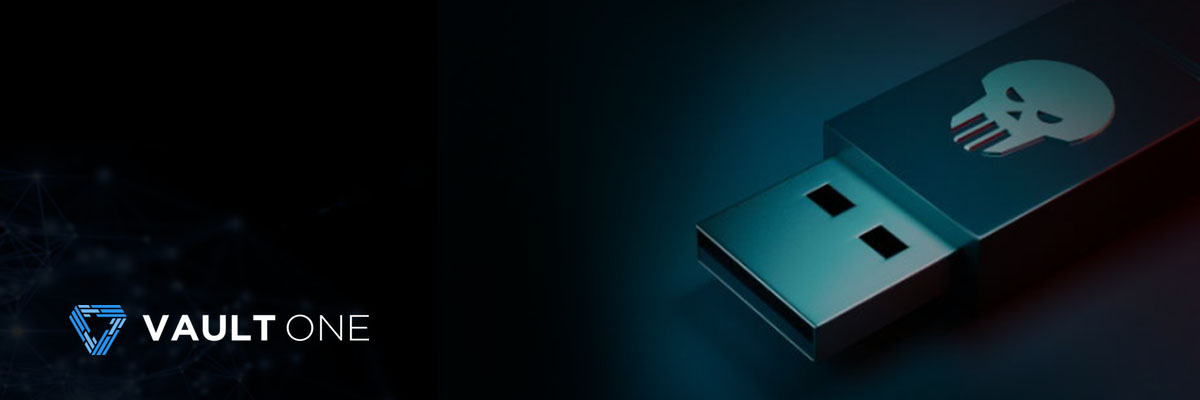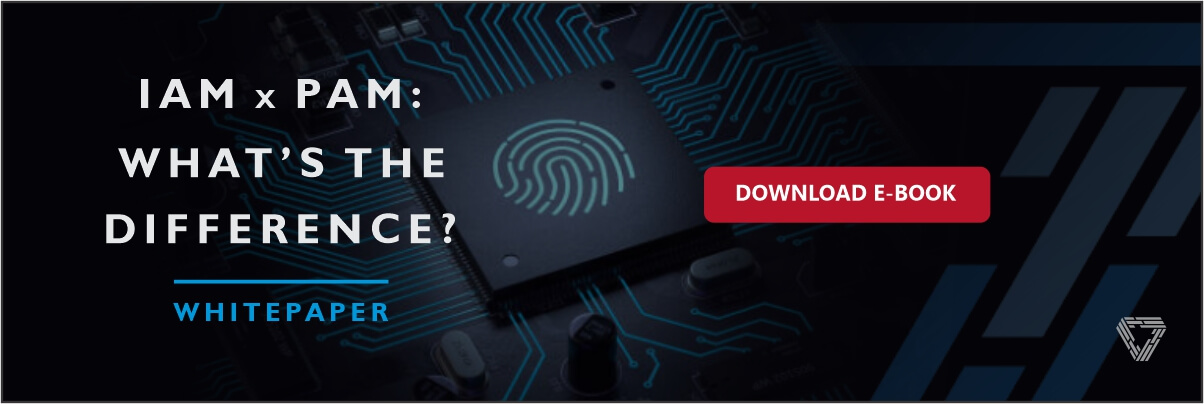Malware: signs that you have been infected and tips to protect yourself – Part 2
- Updated at
- By Naty Santos
- Malwares

As we explained in the previous article, malware is any software designed to cause damage to a computer, server, client, or computer network.
Understanding the different types of malware is essential to the user’s ability to identify, contain, and remove the threat.
Table of Contents
Most common types of malware
- Ransomware: Malware that hijacks a computer’s data, encrypts it with a key unknown to the user, blocks its access and requires payment to release. Click here to learn more about Ransomware.
- Scareware: Malware that persuades the user to perform a specific action, based on fear. Using pop-up windows, they transmit fake messages saying that the system is at risk or that the user must execute a specific program to return to normal operation. In reality, no problems have been assessed or detected. If you accept the suggestion, the system will be infected.
- Rootkit: Malware that modifies the operating system and creates a backdoor, by which attackers access the computer remotely. Most of them use software vulnerabilities to imitate privileges and modify system files, including monitoring tools.
- Vírus: Malware that is attached to other executable files, often legitimate programs. Most of them require end user activation and can be activated at a specific time or date. They can be harmless and only display an image or they can be destructive and modify or delete data. They can be programmed to modify and avoid detection. They are spread across USB drives, optical discs, network shares, and e-mail.
- Worms: Malware that replicates itself by independently exploiting network vulnerabilities. They usually slow down the network. Worms can be transmitted quickly over the network after infecting a host.
- Man-In-The-Middle (MitM): Malware that allows an attacker to control the device without the user’s knowledge. With this level of access, the attacker can intercept and capture user information before transmitting it to its desired destination. This type of attack is used to steal financial information.
- Man-In-The-Mobile (MitMo): It’s a variation of Man-In-Middle. In this case, the malware seeks to take control of a mobile device. The infected device extracts confidential user information and sends it to attackers.
- Fileless: Also called fileless malware, it does not directly use files or the file system. Instead, it explores and propagates in memory or uses other “fileless” operating system objects, such as registry keys, APIs or scheduled tasks. It differs from traditional malware in that it infects new systems using the file system.
Cryptoworm: Malware that combines the ability to self-propagate, quickly infect and stop corporate networks from worms with features of the next generation ransomware. This malware displays a skillful and financially motivated opponent, who already has access to the hacked network.
Examples of modules that can be used in this modality:
- A module that would check for the existence of “executable files that are not protected by integrated security features”
- A module that would look for mapped local and remote drives and would have an auto-run feature “to request that any computer to which the drives are connected in the future to run infectious programs”
- A module that would exploit “known weaknesses in popular authentication infrastructures” and use those credentials to provide access to other systems
- A module that prevents the cryptocurrency from being discovered.
Signs that your device is infected with malware
The presence of malware shows some common behaviors, including:
- Increase in CPU usage
- Decreased computer speed
- Computer freezes or crashes frequently
- Decreased web browsing speed
- Unexplained problems with network connections
- Files are modified
- Files are deleted
- Presence of unknown files, programs or desktop icons
- Unknown processes running
- Programs shutting down or reconfiguring themselves
- E-mails are being sent without the user’s knowledge or consent [spammers take control of the machine]
- Unwanted pop-ups appear in your web browser when you are online
Safety Tips
- Use antivirus and antispyware to identify and block the actions of malicious software – viruses, Trojans, worms, ransomware and spyware
- Download only fromtrusted sites
- Keep your software up to date. Download and install the latest security patches and updates to ensure your devices are protected
- Set the security settingson the computer and browser as intermediate or high
- Protect all deviceswith strong passwords to prevent unauthorized access
- Store your passwords in adigital safe
- Adopt multi-factor authentication (MFA), combining various technologies to authenticate the user’s identity (fingerprints, retinal scans, facial recognition, voice recognition or user behavior).
About Us
VaultOne provides state-of-the-art security with Privileged Access Management (PAM), protecting credentials in an encrypted Password Vault, preventing malicious code spying, and keeping your information and your devices safe and secure.
Talk to our experts today and find out how VaultOne can help you.




